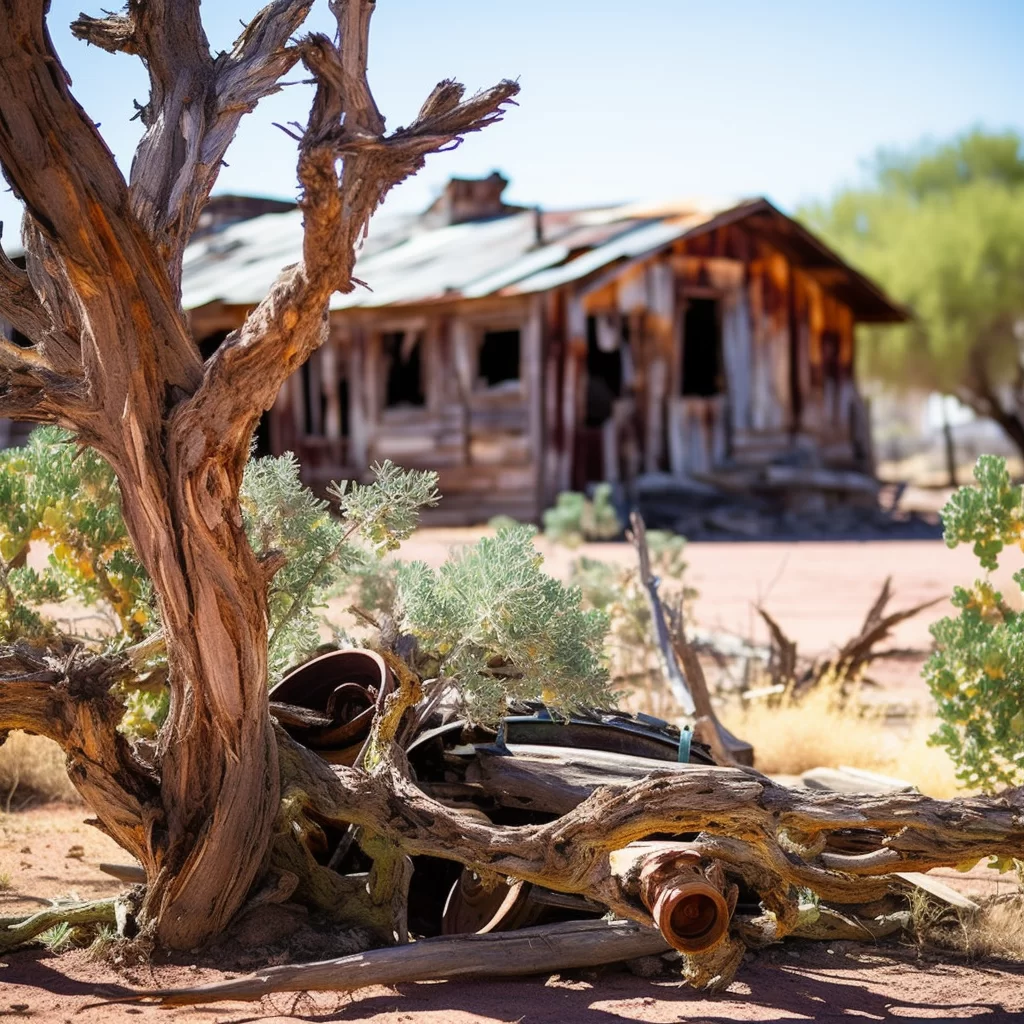Story of Day :
Contents
The Greasewood Plant: Your Complete Guide and Care Tips
If you’re looking for a low-maintenance plant that can thrive in harsh environments, then the greasewood plant might be just what you need.
This hardy shrub is native to areas with arid climates such as the southwestern United States and Mexico.
Despite its name, it’s not actually greasy to the touch but has been used historically for medicinal and industrial purposes.
What is a Greasewood Plant?
The scientific name of this plant is Sarcobatus vermiculatus.
It’s commonly known as greasewood because of its association with the grease production industry in the western United States during the early 20th century.
The shrub typically grows up to ten feet high and has woody stems that are covered in small green leaves.
Where Do Greasewood Plants Grow Best?

Greasewood plants are well-suited for growing in dry desert regions where other plants struggle to survive.
They prefer sandy soils, but can also grow in rocky terrain or clay soils with proper drainage.
These shrubs do best when planted in full sun exposure, which helps them develop their characteristic dense foliage.
Greasewood Plant Care Tips
- Watering: In general, these plants don’t require much watering once established as they have adapted well to drought conditions; however, young plants may benefit from more frequent watering until they become established.
- Fertilizing: Greasewoods hardly ever need fertilization since they have evolved mechanisms that help them absorb nutrients from nutrient-poor soil successfully; however, adding nitrogen-rich fertilizers sparingly once every two years can help maintain their health if necessary.
- Pruning: It’s important to prune greasewood plants regularly to maintain their desired shape and prevent them from becoming too tall.
Prune in the winter when the plant is dormant to avoid damaging new growth.
- Pests and Diseases: Greasewood shrubs are relatively pest-free, but they can attract aphids, spider mites, or Whiteflies if grown under humid conditions.
If an infestation occurs, it’s usually treatable with insecticidal soap or a strong stream of water.
The Many Uses of Greasewood Plants

Greasewoods have several traditional uses.
For example, Native Americans use various parts of this plant for medicinal purposes, including treating ailments such as stomach problems and colds.
The plant has also been used for its twigs’ fibers in basket weaving because of its pliability and durability.
In addition to these traditional uses, greasewoods are increasingly being used in eco-landscaping because they provide attractive landscaping options that require less maintenance than other landscaping choices like grass lawns or conventional gardens.
The Bottom Line
Greasewood plants are hardy shrubs that thrive in arid regions where other plants struggle to survive.
Their low-maintenance requirements make them ideal for eco-friendly landscaping projects without sacrificing visual appeal; therefore planting a few could be an excellent choice for your garden project!
